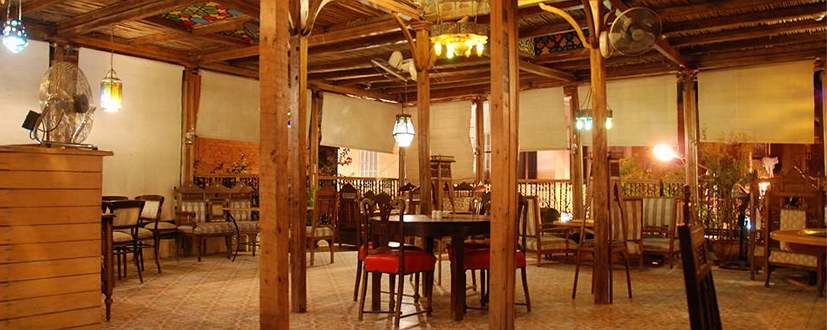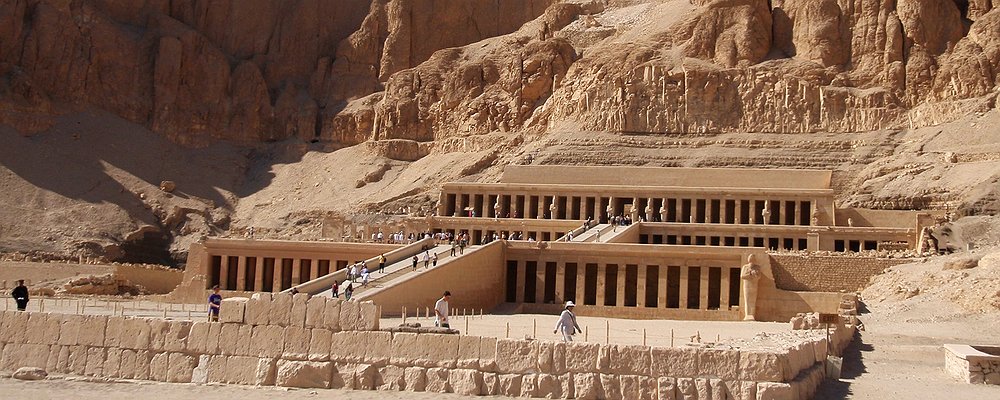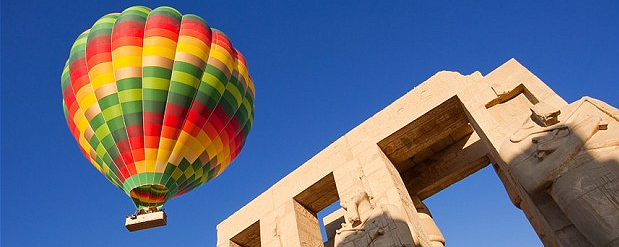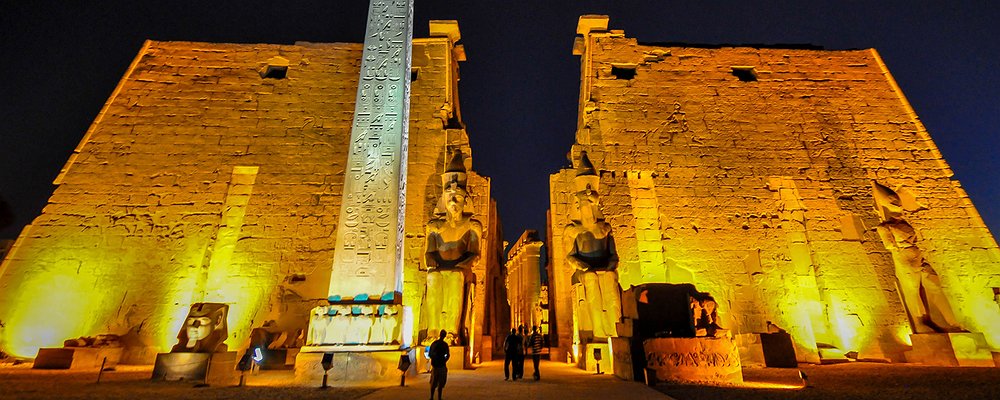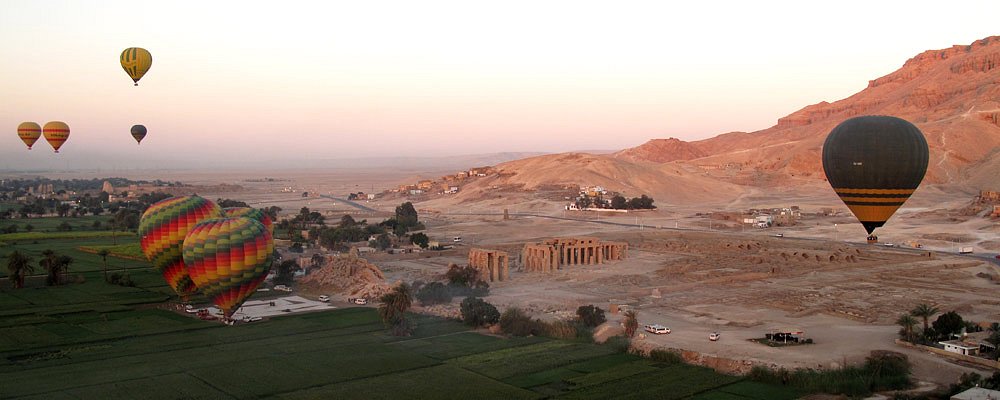The Lantern
Location: Al Rawda Al Sharifa st. opposite to Lotus Hotel
Cuisine: International
One of the most popular restaurants in Luxor, The Lantern is highly recommended by many visitors and locals as well. The restaurant serves well-prepared meals for average prices and in a very pleasant ambiance. The staff is very welcoming and efficient. The owner, Debbie can be spotted most of the time between the tables making sure that everything is going well.
Cleanliness is a priority at The Lantern as vegetables are washed using filtered water. The décor may not be very posh but the dark green colored walls with the decent black and white fabrics and the hanging chandeliers will give you a sense of class.
Although the banner states that it is an “English Restaurant”, Egyptian and European dishes are available. Tomato soup and cauliflower soup with stilton are great for a starter. Buttered chicken, lamb curry, shrimps, goulash and tagines are all phenomenal. For dessert, Om Ali and lemon meringue pie are lovely choices.
1886 Restaurant
Location: Nile Corniche, inside Sofitel Winter Palace Hotel
Cuisine: French
Experience the old fashioned elegance at the dinner only 1886 Restaurant. A La Carte menu with a great selection of wine and gourmet food is served in a candlelit setting with surrounding glided mirrors and a guitarist playing in the background.
A wide selection of soups, starters and desserts is available. Seafood and steak are highly recommended for main course. Make sure to have your coffee on the terrace while watching sunset.
1886 is a little bit overpriced however. The restaurant is opened between 7 p.m. and 11 p.m. Dress code is smart for both ladies and gentlemen and reservation is required.
Al Sahaby Lane (or Haret Al Sahaby)
Location: Karnak Temple st. Inside Nefertiti Hotel
Cuisine: Oriental
The best outdoor restaurant in Luxor! Al Sahaby Lane is simply a must try. The location and the view are absolutely stunning. The terrace overlooks Luxor Temple and the Alley of Sphinxes from one side and the Nile from another; a great place to enjoy the cool breeze and watch the amazing attractions of Luxor.
Al Sahaby Lane offers high quality food in very generous portions for good prices. Hummus and Baba Ghanoug is a great starter and lentil soup with lemon is hard to resist. Camel meat, fetteer (or Egyptian pie), chicken shawerma, fatta, stuffed pigeons and mixed BBQ are all Egyptian traditional specialties which we highly recommend. Many vegetarian options and Italian dishes are available as well. Finish your meal with a refreshing Oreo milkshake.
The owner and the staff are super friendly and helpful. You should be warned that Alcohol is neither served nor allowed to bring into the place.
Snobs
Location: Al Rawda Al Sharifa st.
Cuisine: English, Egyptian and International
Snobs Restaurant is one of the hidden gems of Luxor. The décor at Snobs is sophisticated Art Deco that will take you back to the 1920s. Hot towels are brought to you once you reach your table as refreshment. A very warm welcome and an attentive service are guaranteed.
The menu at Snobs is extended and the food is freshly cooked. Don’t miss “Snobs Grand Mezzes” for the table. The steak at Snobs is simply the best in town. Many vegetarian options are available as well.
Sofra Restaurant & Café
Location: Mohamed Farid st.
Cuisine: Egyptian
Sofra (means dining table in Arabic) is an old Egyptian house with a very oriental décor; copper lamps, mirrors and antiques all over the place.
The extended menu thoroughly explains the components of each dish. Both hot and cold mezzes are tasty and very reasonably priced. Ducks, fatta, stuffed pigeons, kebab and tagines are all recommended for main course. Vegetarian options and desserts are very limited however.
Finish off your meal with a traditional Egyptian drink; such as spiced coffee, tea with fresh mint or krakade or enjoy shisha in the peaceful and relaxing atmosphere on the roof. Alcohol is not served or allowed to bring into Sofra.





